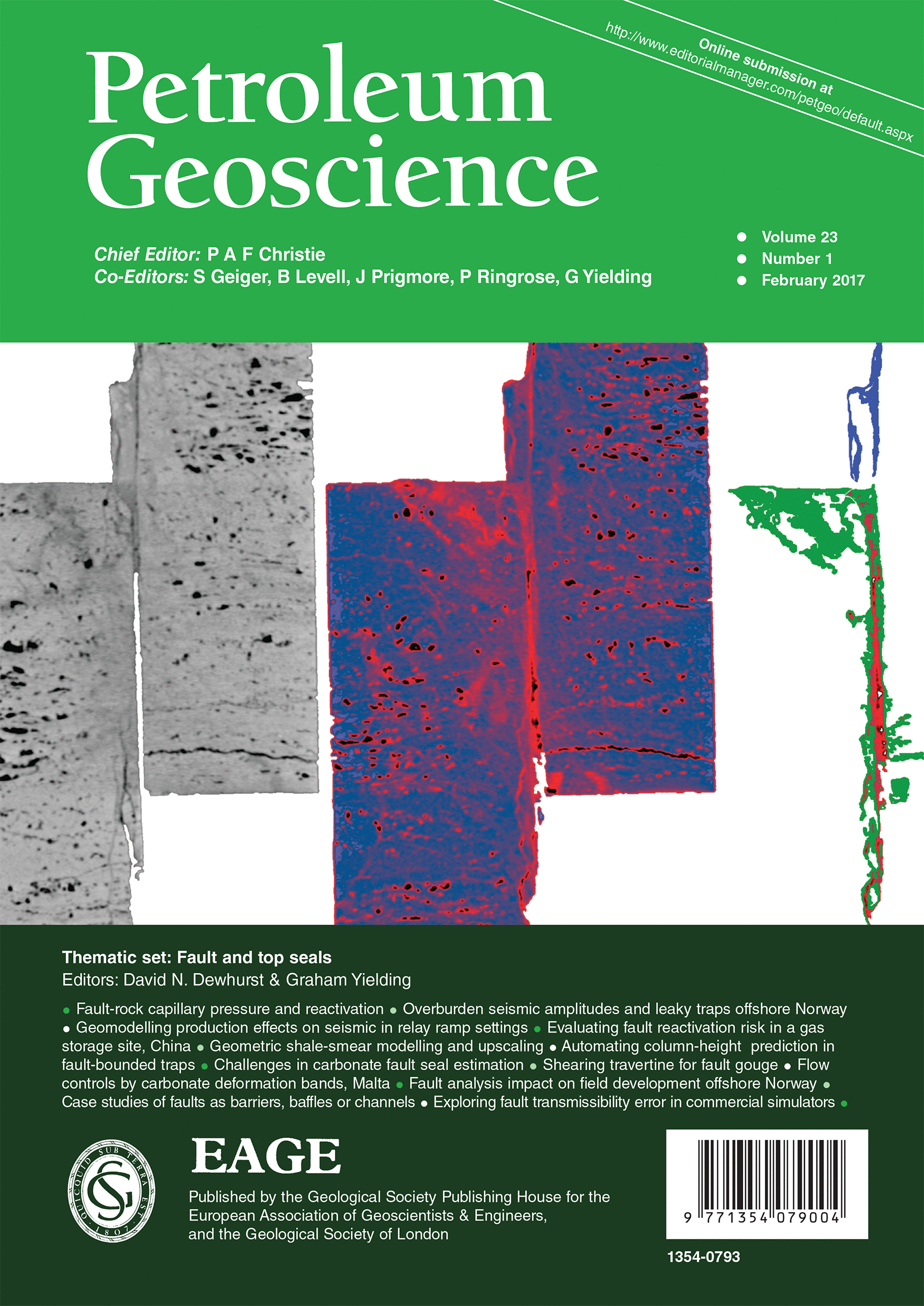
Full text loading...
Column height predictions are often displayed as attributes on fault-plane profiles. However, fault-plane profiles are difficult to interpret when derived from multiple faults that bound a trap. An automated approach, termed Trap Analysis, permits the rapid analysis of column height predictions using the deterministic fault-seal analysis method.
For column height predictions to be meaningful, all faults that contribute to the sealing of hydrocarbons within a trap must be analysed as one coherent structural element. Hydrocarbon column height data at key reservoir juxtapositions on all faults that bound a trap are simultaneously interrogated to derive the unique location of the weakest point on the fault seal, termed Fault Leak Point (FLP). The FLP is trap-critical if it supports a column with a contact that is shallower than the trap's structural spill point.
The Trap Analysis approach enables sensitivity studies to be routinely undertaken. The predicted weakest point on a fault seal, and hence, the column height supported at that point, can depend on the calibration used to transform shale gouge ratio (SGR) to threshold capillary pressure, and on the density contrast between the buoyant and water phases.

Article metrics loading...

Full text loading...
References


Data & Media loading...

